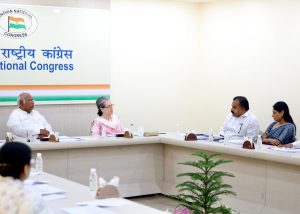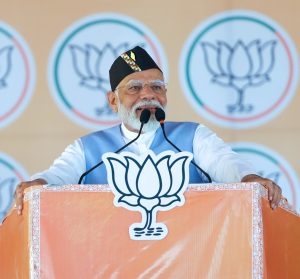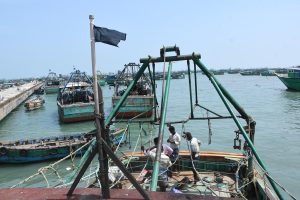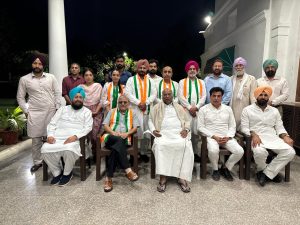Japanese Encephalitis toll in Odisha climbs to 39
Japanese Encephalitis toll in Odisha climbs to 39
BHUBANESWAR (INDIA): The toll in Japanese Encephalitis (JE) today mounted to 39 with three more children succumbing to the disease in Odisha’s Malkangiri district even as the state government refused to go for immunisation.nnAt least 39 children have so far died due to the disease and steps were being taken to contain it, a statement issued by the Health and Family Welfare department said, adding that more doctors were being sent to the affected district.nnThough the disease has taken an epidemic form with all the kids dying in a span of 30 days, state Health Minister Atanu S Nayak said, “We cannot go for immunisation now as per the directive of the Centre. It has made it clear that immunisation cannot start now in both affected and unaffected areas.”nnClaiming that the state government had sought permission from the Union Health Ministry to go for immunisation, he said, “It (immunisation) has been counter-productive during the transmission period of the disease. National Vector-Borne Disease Control Programme’s Director AC Dhariwal has categorically warned against going for immunisation now. This has been counter-productive in Assam and Tripura.”nnNayak said the top priority of the government was to expedite the treatment of those affected at the district headquarters hospital (DHH) in Malkangiri.nnHe said, as per reports received by the Health department, 116 JE and suspected JE patients were treated or are being treated in Malkangiri of whom, 25 have completely recovered and discharged from the hospital.nnThe remaining 53 children were under treatment and a majority of them were stable, barring three, who have been admitted to the ICU.nnNine doctors, sent from the headquarters, are currently camping at Malkangiri to monitor the condition of the patients.nnDoctors have also been engaged at the Community Health Centre (CHC) in Kalimela.nnThe minister said the district administration has taken steps to isolate pigs from human habitations.nn”One of the notable features is that the awareness level among the people of the affected villages about the disease has gone up substantially as they are now admitting their children to the hospital, instead of taking them to village quacks,” he said.nnNayak said JE cases reported from Nilagiri in Balasore district and Brahmagiri in Puri were “isolated” ones.nn”We have sought status reports from the respective district health officials,” he said.nnThe state Managing Director of National Health Mission (NHM), Shalini Pandit, said, “A state-level control room with six members has been set up to monitor the situation. We have sent all the necessary medicines, equipment, doctors, staff nurses and laboratory technicians.nnSource: Press Trust of India







